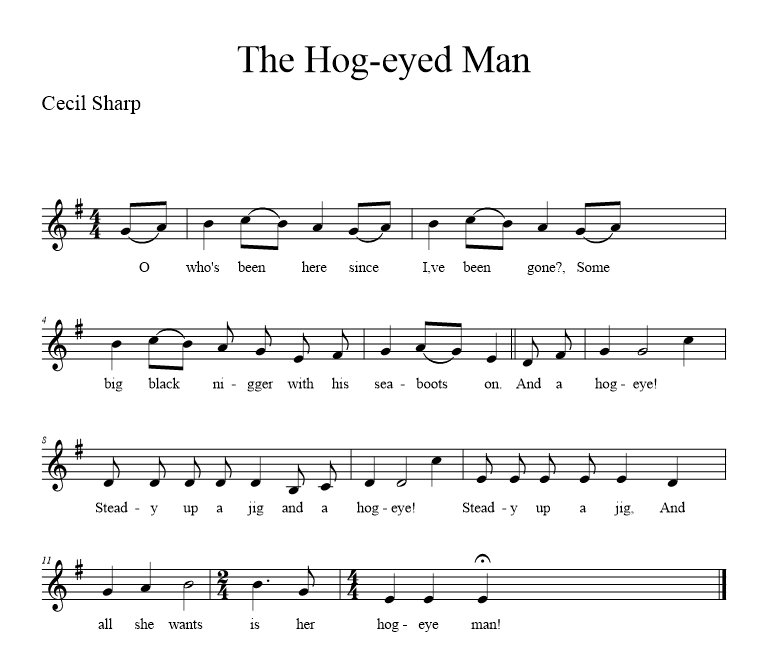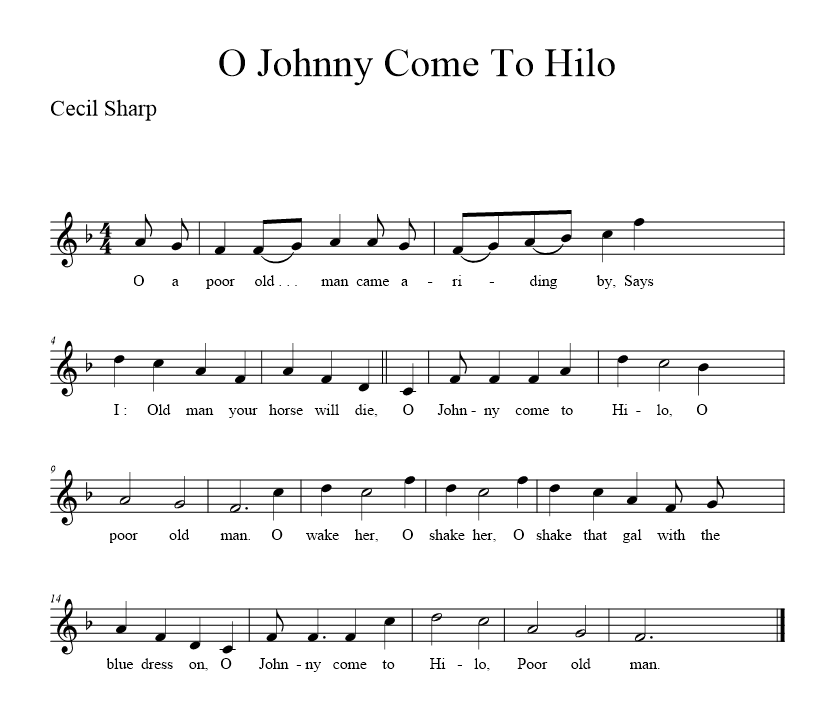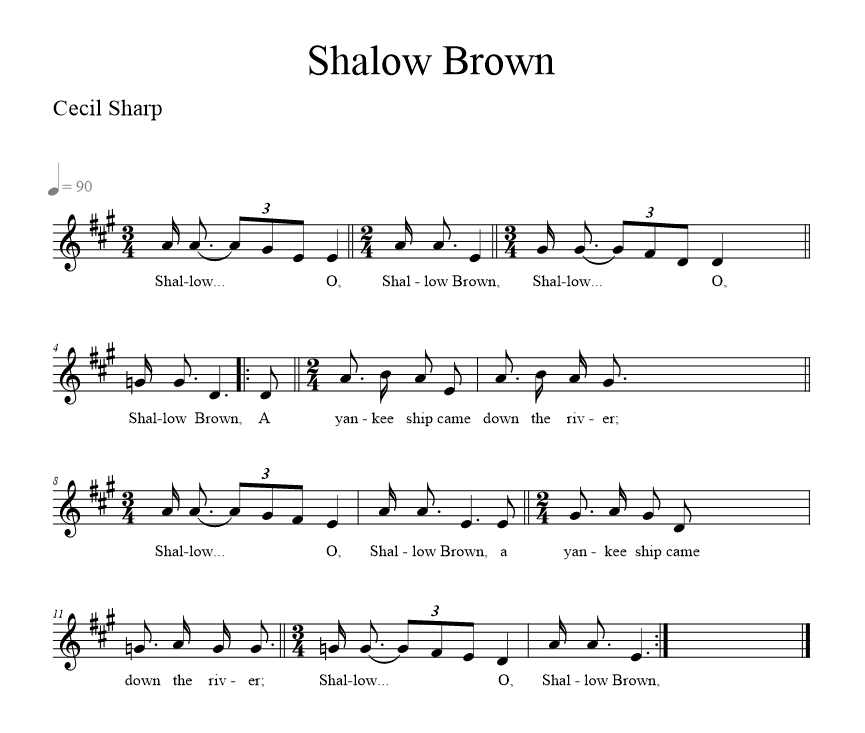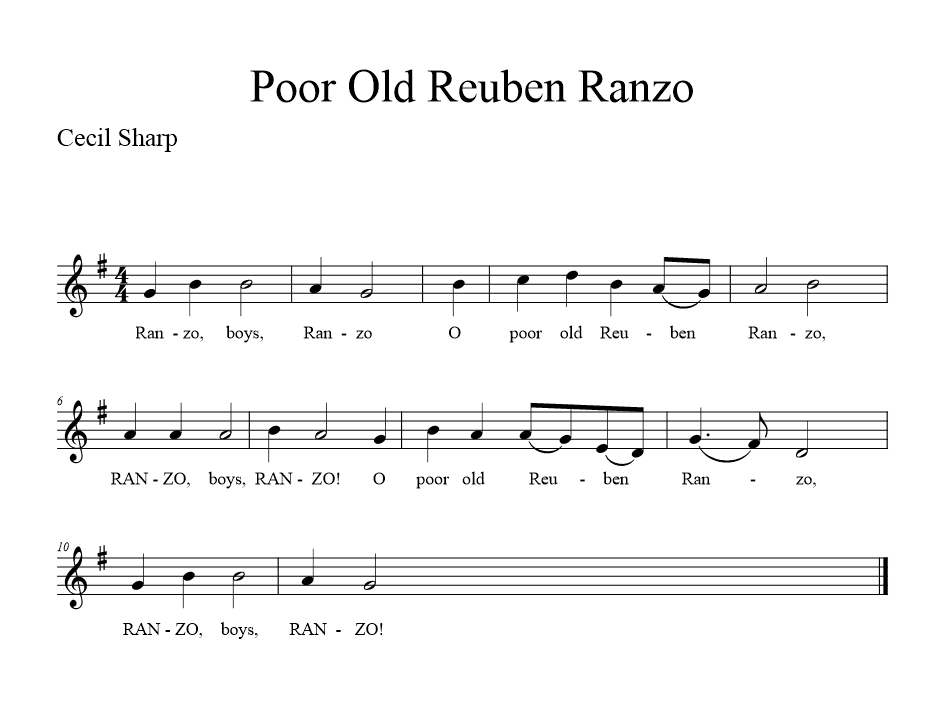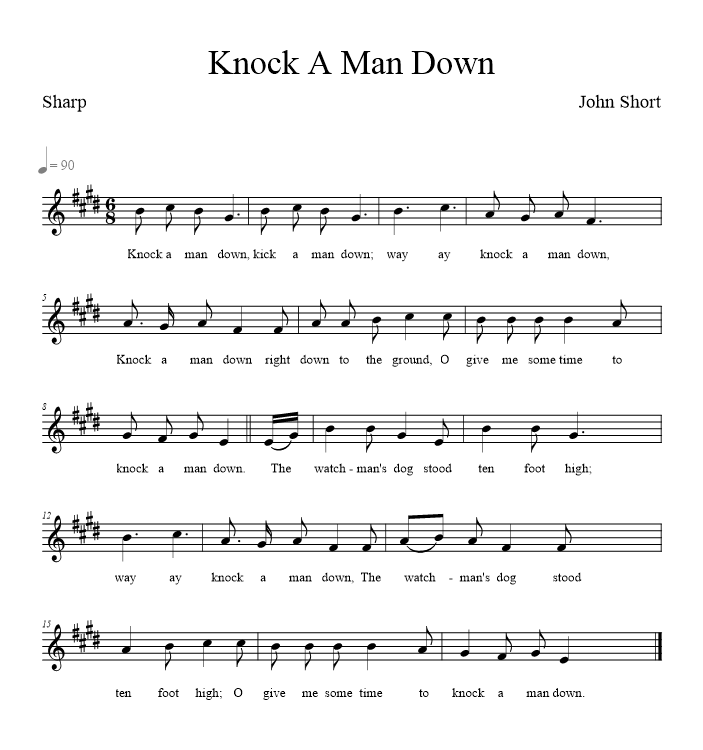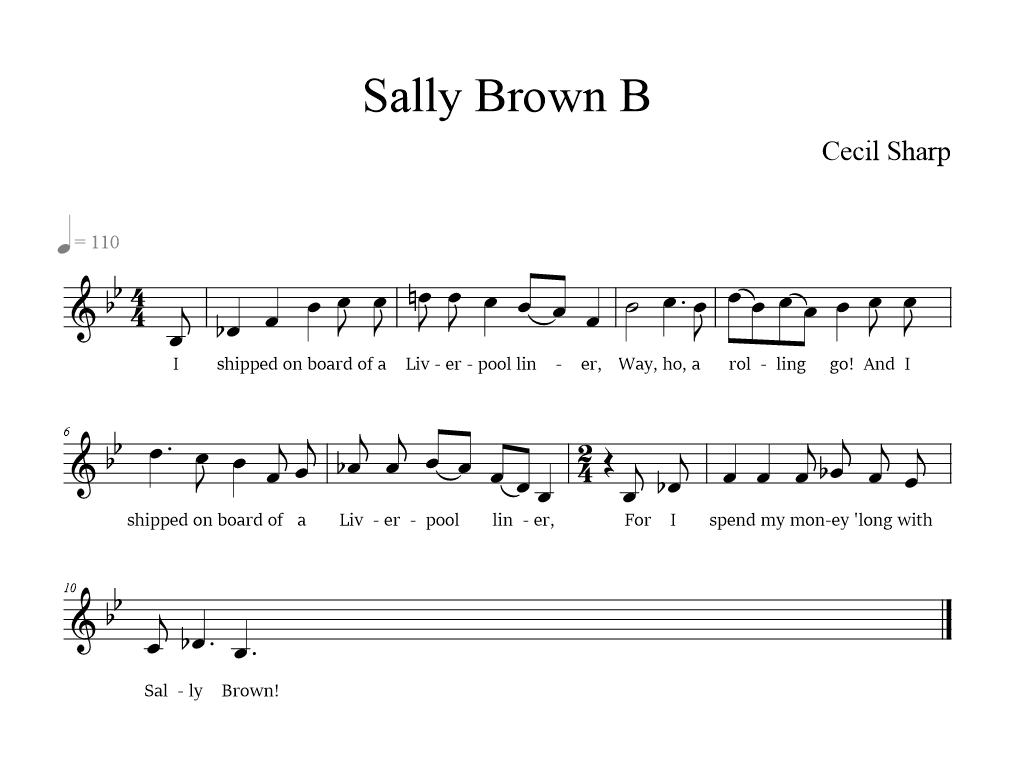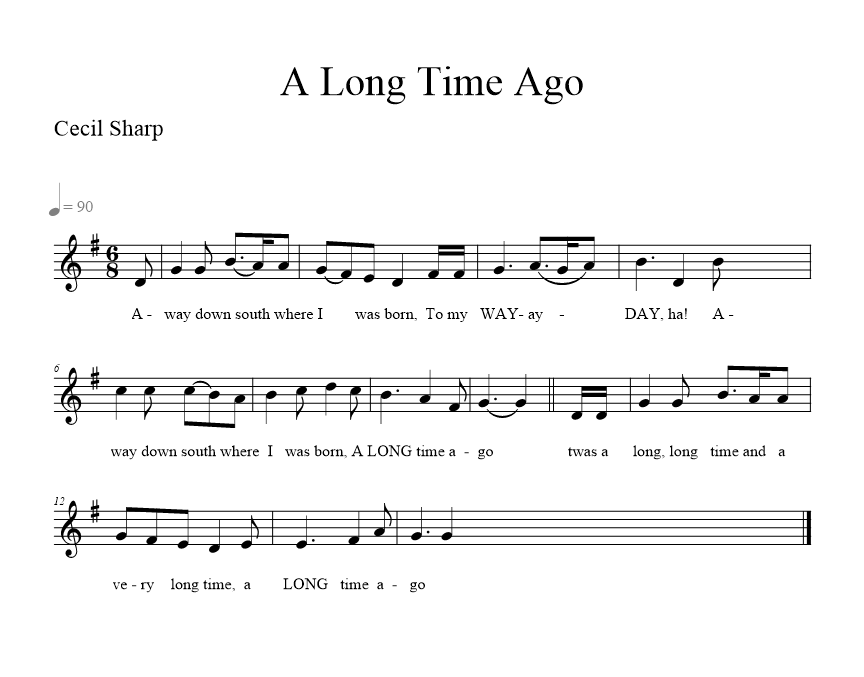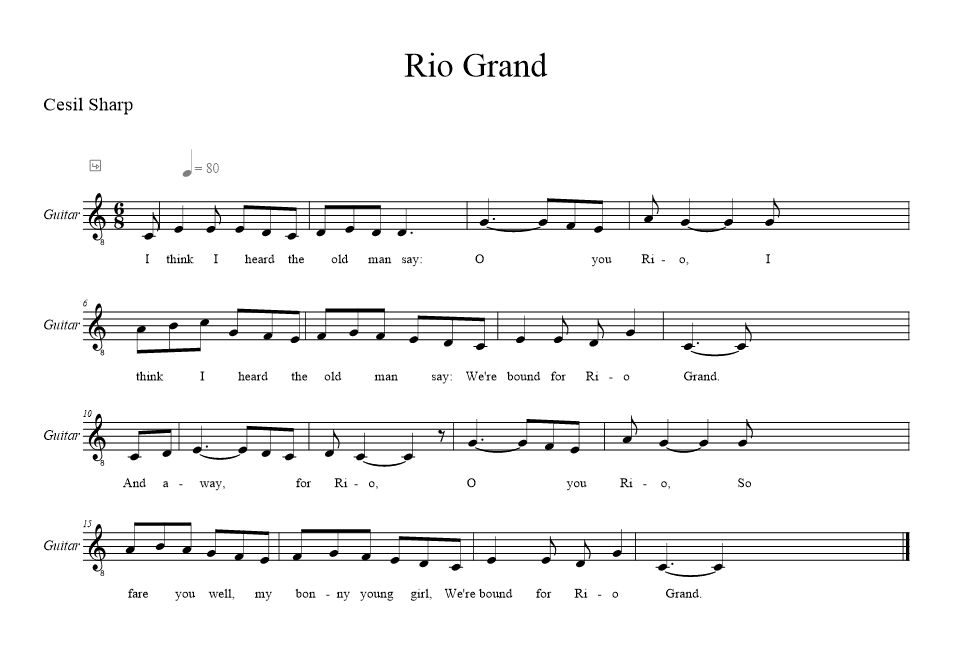Interesting Facts about the Cheerily Man – Sharp
“Cheerily Man – Sharp” version from “English Folk Chanteys” by Cecil Sharp, and it is a halyard shanty (originally in Sharp’s book “Pulling Chantey”), it is probably the most primitive, and one of the oldest of all these heaving and hauling songs of the sea. This Sharp version is interesting in terms of having only three solos and three refrains. Unfortunately Sharp gives us only one verse of this beautiful song. Song was sung to Cecil Sharp by Mr. John Short, at Watched. Mr. Short says to Sharp, that was the first chantey he learned and he thought it must have been the “first chantey ever invented”.
This song will be reconstructed as the halyard long haul shanty.
The source of this sea shanty
The music: “English Folk Chanteys” by Cecil Sharp (1914) (1st ed: p 50).
The lyrics: English Folk Chanteys” by Cecil Sharp (1914) (1st ed: p 50).
Mentioned in: “Shanties from the Seven Seas” by Stan Hugill (1st ed: p 315).
The Record of the Cheerily Man – Sharp
You also can find this record on my YouTube channel here or directly listen below. Additionally, if you want to share your opinion about the record or share your opinion you can do it in my Facebook forum here, or leave a comment at the bottom of this blog article.
The musical notation
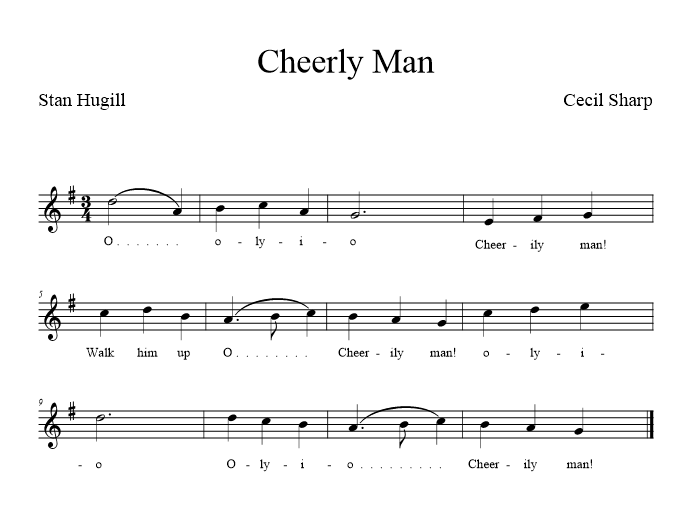
The full lyrics
Cheerily Man
O………. o ly i o
– Cheerily man!
Walk him up o…………,
– Cheerily man!
O………. o ly i o, O………. o ly i o,
– Cheerily man!



